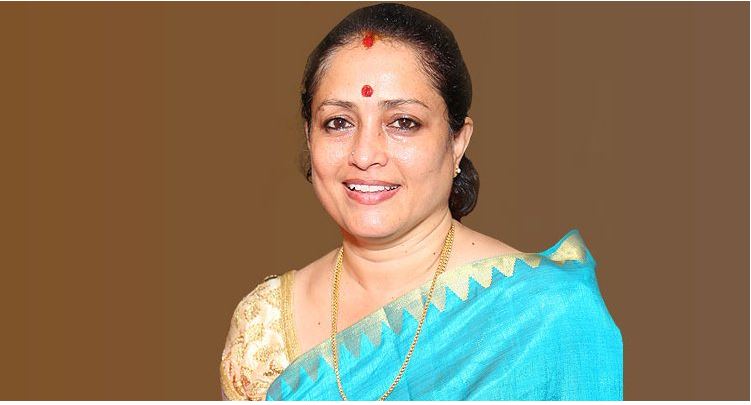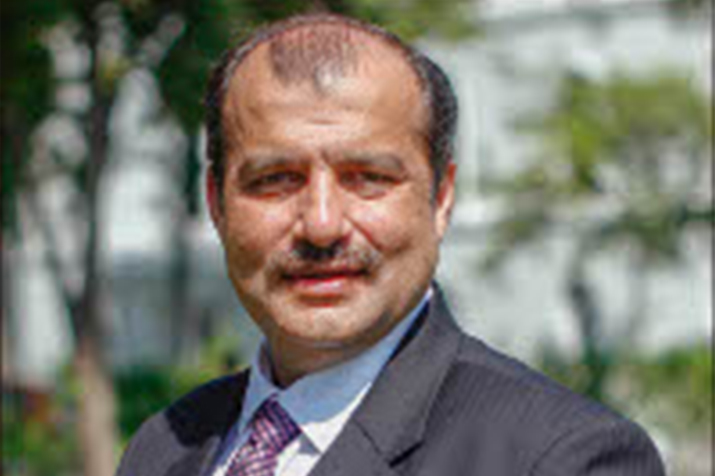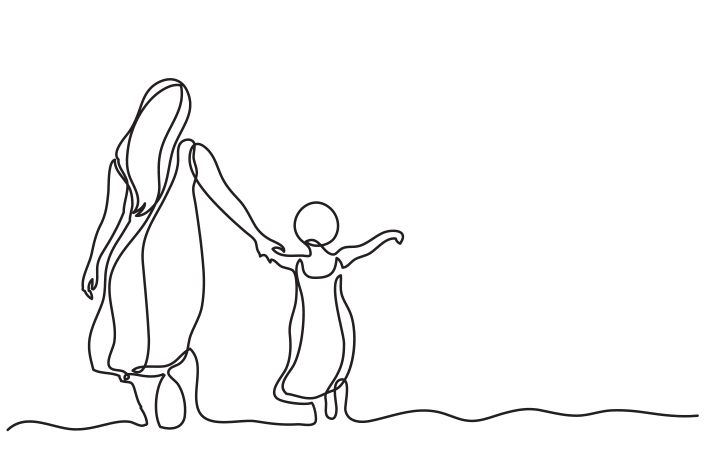The fondest memories are made when we are gathered around the table over a sumptuous meal. This #WorldFoodDay, join us in celebrating some of our residents’ favourite heirloom recipes passed down generations. Bon Apetit! Angaya Podi By Ms Girija Janakiraman, Serene Urbana Eating is a necessity, but cooking is an art. Also, there is no “saying no” to grandma’s cooking. I would like to share one of my favourite recipes called the Angaya Podi that I had learnt from my grandmother. It is a dry chutney powder that is made with highly nutritious ingredients. This powder is best enjoyed with steaming hot rice topped with a generous dollop of ghee (clarified butter) or til (sesame) oil. Besides setting you into a bout of rapture, the podi aids digestion, increases the rate of metabolism, cleans up the bladder and has a great nutritional value. Ingredients 1/4th cup sundakkai vathal (dried turkey berries) 1/4th cup manathakkali vathal (dried sun berries/wonder berries) 1 teaspoon dry neem flowers 50 grams dry ginger powder 2 teaspoons asafoetida powder (hing) 2 teaspoons cumin seed (jeera] powder 2 teaspoons pepper powder 1/4th cup coriander seeds (dhaniya) 1 cup dry curry leaves 5 to 6 dry red chillies Rock salt to taste Instructions Dry roast the following for two minutes on low flame: sundakkai vathal, manathakkali vathal, dry neem flowers, coriander seeds, dry curry leaves, dry red chillies and rock salt. Cool and transfer the ingredients mentioned above to a mixer jar. Add dry ginger powder, asafoetida, jeera and pepper powder. Grind the ingredients into a fine powder. Enjoy the chutney powder with hot rice and ghee. Manathakkali Vathal Kuzhambu By Meera Srinivasan, resident of Serene Urbana by Columbia Pacific Communities The food made by one’s grandmother is always special, not just because it is a mouthwatering culinary delight or a childhood favourite, but also because of the simplicity and love that go into its preparation. Regardless of the dish, I love how my grandma didn’t use any readymade masalas or instant powder while cooking. I think the freshly ground ingredients lent a special charm to my grandma’s recipes. In today’s times where a wide variety of cuisines from around the world are available on a platter, we still crave for the food prepared by our grandma. Keeping this in mind, I am sharing my grandma’s recipe of pepper jeera kuzhambu with manathakkali vathal. This kuzhambu aids digestion, fights stomach infection and improves appetite. Ingredients For grinding 1 tablespoon black pepper ½ tablespoon cumin seeds (jeera) 1 tablespoon black gram (urad dal) 1 tablespoon coriander seeds (dhaniya) 4 red chillies (byadgi variety) Other ingredients Tamarind (lemon sized ball) 1/4th teaspoon turmeric powder Salt to taste 1 teaspoon jaggery 1/4th teaspoon asafoetida powder {hing} For tempering 1 tablespoon gingelly oil 1/4th teaspoon mustard seeds 1 tablespoon manathakkali vathal {nightshade berries) 1 sprig curry leaves 2 red chillies Instructions Soak tamarind in warm water for ten minutes and extract the pulp. Roast all the ingredients listed under “for grinding” on a low flame until they turn golden and grind into a fine powder. Cook the tamarind pulp along with the “other ingredients” mentioned above. Allow the mixture to boil for three minutes and add the masala powder, two cups of water and let it simmer for another five minutes. Adjust the consistency of the kuzhambu by adding more water if required. In a pan, heat gingelly oil and add the ingredients meant for tempering. Once they start spluttering, pour the tempering into the kuzhambu and mix it well. Take the pot off the flame, cover it with a lid and leave for ten minutes. Serve hot with steaming rice and a dollop of ghee. Thippili Rasam By Anuradha Jagannathan, Serene Urbana My grandma’s special Thippili Rasam is not only enjoyable on rainy evenings but can also be used as a medicinal soup to build up immunity against cold, cough, fever and digestive disorders. It also helps to prevent nervous cramps in the calf muscles. The special ingredient, called thippili or pippali (long pepper in English), is a widely used spice in ayurvedic churanams, kashayams and lehiyams. Consumed twice a week in the form of a soup or mixed with hot rice and ghee, this rasam can do wonders for our system. Ingredients For rasam powder 1 cup black pepper 1 cup cumin seeds 1 cup long pepper (thippili sticks) 1 cup pigeon pea (toor dal) For rasam ½ lemon sized lump of tamarind 1 tablespoon thippili rasam powder A pinch of asafoetida (Hing) ¼ teaspoon jaggery Salt to taste 1 tablespoon fresh curry leaves Instructions Dry roast all the ingredients on a low flame, cool and make a fine powder. For making rasam Soak tamarind in warm water, extract the juice and dilute by adding two cups of water. Add salt, asafoetida, thippili rasam powder, jaggery and curry leaves. Bring to boil on a low flame till you get a subtle aroma, then add four more cups of water and let it simmer for a minute and keep aside. For tempering, heat cow ghee in an iron ladle on a low flame and add mustard seeds. Once the seeds splutter, pour the tempering into the rasam. Paati’s Kashayam By Barathy Balakrishnan, Serene Urbana They say that an apple a day keeps the doctor away. However, for my siblings and me, it was a so-called magic drink that kept the doctor away. Our grandmother used to prepare this elixir with a variety of herbs and ensured that we drank it every day during winters and monsoons. Decades later, I find myself on the other side of the table. Being a grandmother myself, I make sure that my grandchildren have this drink every single day. In fact, it is not just for children, but for people of all age groups. I strongly believe that, if taken every-day, it will give you enough immunity to protect you against not just occasional illness, but also COVID-19. Ingredients: 25 grams turmeric powder 15 grams ginger powder 25 grams coriander powder 25 grams aniseeds 10 grams cloves 10 grams cinnamon 10 grams fenugreek seeds 25 grams cumin seeds 25 grams pepper corns 25 grams parsley seeds Instructions: • Grind the above ingredients into a coarse powder and store in an airtight container. • Add one teaspoon powder to one cup of water to make one serving of the kashayam. • Bring the mixture to a boil and let it simmer for five minutes. • Filter and drink the kashayam every morning on an empty stomach. • To enhance the flavour of the kashayam, you may add a bay leaf or basil leaf while boiling it. Kovakkai Avial By Seetha Bharathy, Serene Idigarai You must be familiar with avial – a blend of six to seven vegetables in delectable coconut and curd-based gravy. One afternoon, my family unanimously decided that avial be served for lunch. To my utter dismay, there were no vegetables at home, except kovakkai (ivy gourd/tondli/tindora). And thus, was born kovakkai avial. It has been a family favourite recipe for decades now. Here’s the recipe. Ingredients 250 grams tender kovakkai, split lengthwise 1 cup curd 1 coconut, grated 2-3 green chillies Turmeric powder, one pinch Salt to taste 2 teaspoons coconut oil 2 sprigs curry leaves Instructions Take kovakkai in a pot, sprinkle turmeric powder and salt as per taste. Add one cup or just enough water to cover the vegetables. Cook the kovakkai for 10 minutes and keep aside (take care to not overcook). Beat the curd smooth and keep aside. Finely grind half of the grated coconut along with green chillies. Add the remaining half to the paste and churn briefly (it adds to the coarse texture). Add the paste to the cooked kovakkai, stir well. Add the curd and mix well. Allow the mixture to boil for 2 minutes. Add coconut oil, curry leaves and mix well. Cover the pot and switch off the flame. Let it stand for 5-10 minutes as this lets the avial to absorb the flavour of oil and curry leaves. Serve with rice and sambar or puli kaara kuzhambu.
Read More








